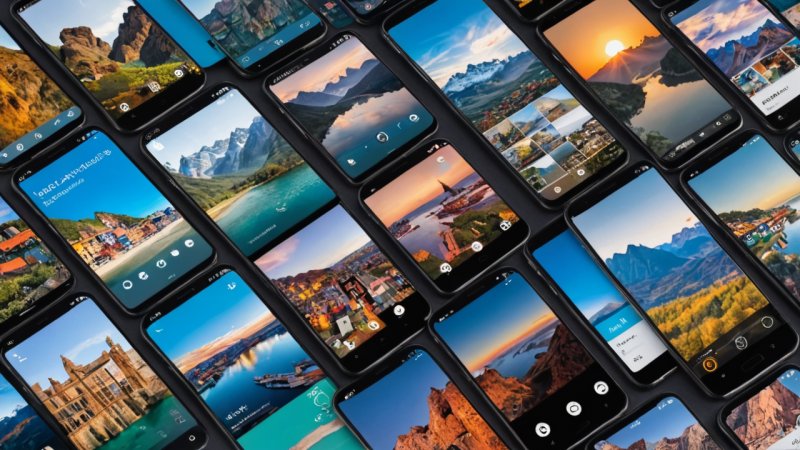Traveling solo can be one of the most liberating experiences, allowing you to explore the world on your own terms. With the right tools at your disposal, you can enhance your journey and navigate new destinations more easily. In this article, you will learn how to choose the best solo travel apps that can help you with planning, safety, navigation, and connecting with other travelers.
Step 1: Identify Your Travel Needs
Before diving into the world of travel apps, take a moment to reflect on what you need for your solo trip. Consider the following:
- Planning: Do you need help with itinerary planning or accommodation booking?
- Navigation: Will you require maps and directions to get around?
- Safety: Are you looking for tools that enhance your safety while traveling alone?
- Social: Would you like to connect with other travelers or locals?
Step 2: Research Popular Apps
Once you have identified your needs, start researching popular travel apps. Here are some categories of apps to consider:
- Itinerary and Planning Apps: Apps like TripIt and Google Trips can help you organize your travel plans.
- Navigation Apps: Use Google Maps or Citymapper for easy navigation in unfamiliar cities.
- Safety Apps: Apps like SafeTrek and bSafe are great for ensuring your security while exploring alone.
- Social Travel Apps: Check out Meetup or Couchsurfing to meet other travelers or locals.
Step 3: Read Reviews and Ratings
Before settling on a few apps, read reviews and ratings from other solo travelers. Visit platforms like:
- App Store or Google Play for user reviews.
- Travel Blogs that provide insights and personal experiences.
- YouTube for video reviews that showcase app usage.
Look for apps that have high ratings and positive feedback regarding usability and reliability.
Step 4: Check for Offline Capabilities
When traveling solo, you might find yourself in areas with limited connectivity. Hence, it's essential to choose apps that offer offline capabilities. This feature allows you to:
- Access maps and navigation without data.
- Store important information like itineraries and bookings.
- Use language translation tools without internet access.
Step 5: Prioritize User-Friendly Interfaces
As a solo traveler, you want to focus on enjoying your journey rather than figuring out how to use an app. Look for apps that have:
- Intuitive navigation and design.
- Clear instructions and tutorials.
- Minimal advertisements and distractions.
Step 6: Test the Apps Before Your Trip
Before you embark on your adventure, download the selected apps and test them out. Create a mock itinerary, navigate a local area, or connect with a fellow traveler. This will help you identify:
- Any technical issues or bugs.
- The overall usability and experience.
- Whether the app meets your specific travel needs.
Step 7: Stay Updated and Flexible
Finally, keep your apps updated to access the latest features and improvements. Additionally, remain flexible; sometimes, the best experiences come from spontaneous decisions. Don’t hesitate to explore new apps that you discover during your travels.
In summary, choosing the best solo travel apps involves identifying your travel needs, researching popular apps, reading reviews, checking for offline capabilities, prioritizing user-friendly interfaces, testing the apps before your trip, and staying updated. Having the right apps can transform your solo travel experience, making it safer, more enjoyable, and memorable.






